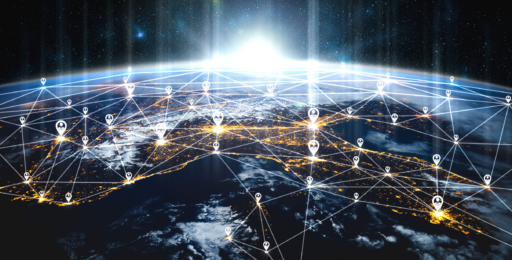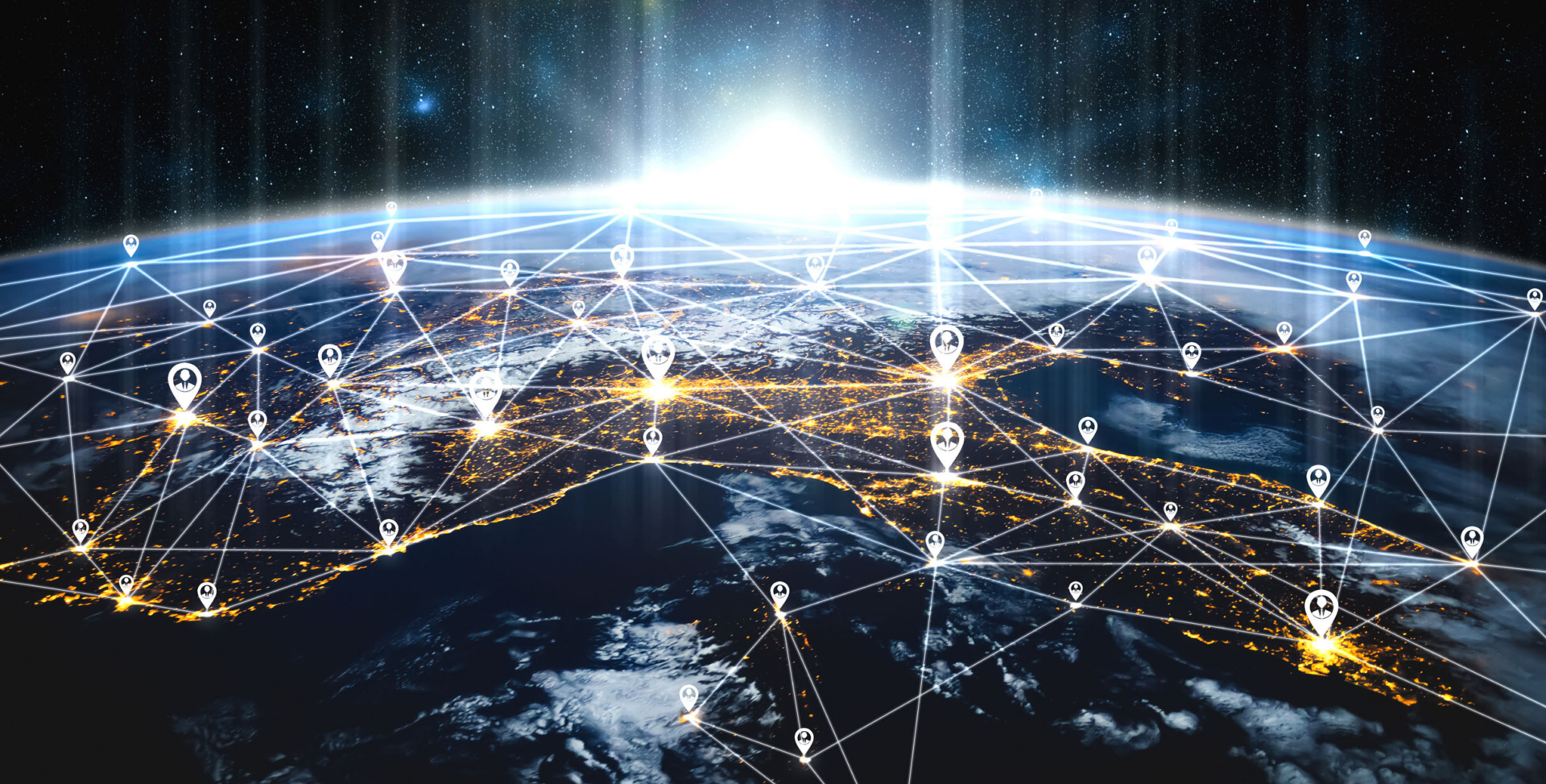Access to the internet is increasingly seen as a basic necessity in today’s world. However, an estimated 2.7 billion people still lack reliable internet connections. This “digital divide” disadvantages communities in remote areas or developing nations. Thankfully, innovators are working on solutions to make universal connectivity a reality.
Satellite companies are developing new technologies that could bring the internet to even the most isolated places. Low Earth orbit satellites in particular promise high-speed internet with low latency. As more players enter this space, remote areas may soon have affordable, high-quality internet access.
5G networks are another promising option, especially for connecting rural communities. These ultra-fast networks could provide fiber-optic speeds without the infrastructure costs. Future wireless technologies may deliver even greater benefits.
In places with infrastructure gaps, grassroots efforts are emerging. Community networks allow neighbors to share resources and internet access for mutual benefit. Mesh networks extend connectivity through connected devices, showing what cooperation can achieve.
Governments and charitable groups also recognize universal access as important. Subsidies for devices, service costs, and public Wi-Fi help make the Internet financially possible for more. International cooperation aims to spread digital opportunities through initiatives like literacy training.
If these combined efforts succeed, the digital future looks bright. Universal connectivity could empower communities through education, healthcare, commerce, and social connections. With collaborations between sectors, the online world may truly become open to all. Closing the digital divide means opening doors of opportunity for billions of people. Success in this challenge would ripple widely and for generations to come.







